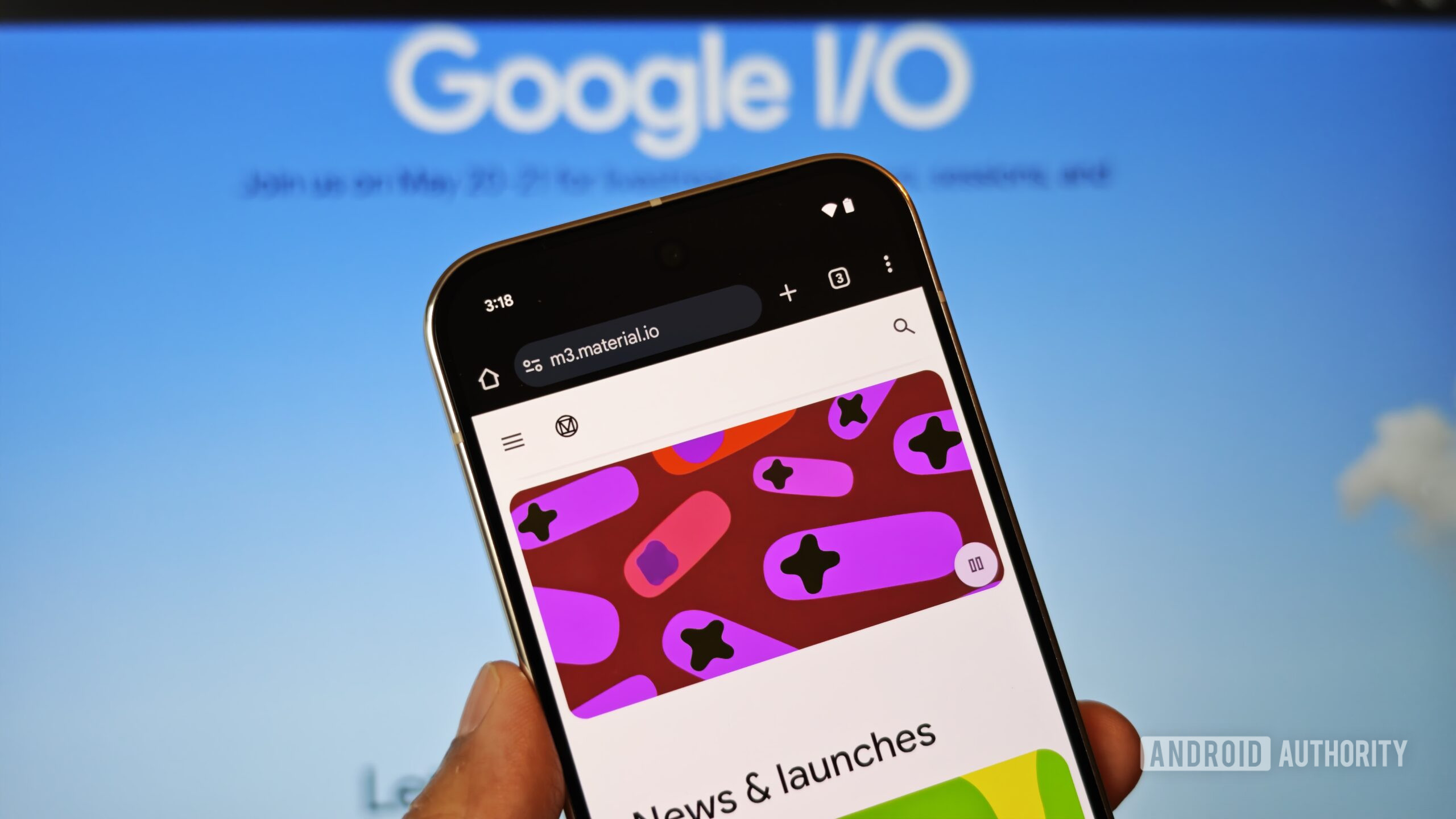Material Design Gets a Dramatic Makeover: Google's I/O Keynote Set to Unveil Stunning Visual Refresh

Google is set to revolutionize app design with an innovative evolution of Material Design, promising to inject more personality and expressiveness into digital interfaces. The tech giant is preparing to unveil this groundbreaking update at the upcoming Google I/O conference, potentially transforming how users interact with mobile and web applications.
The new iteration of Material Design aims to break free from traditional design constraints, offering developers and designers more creative tools to craft visually engaging and intuitive experiences. By introducing more dynamic elements and flexible design principles, Google seeks to make apps feel more alive, responsive, and tailored to individual user preferences.
Developers and design enthusiasts are eagerly anticipating the details of this design language refresh, which could set new standards for user interface aesthetics and functionality. The potential launch at Google I/O next month signals the company's commitment to pushing the boundaries of digital design and user experience.
